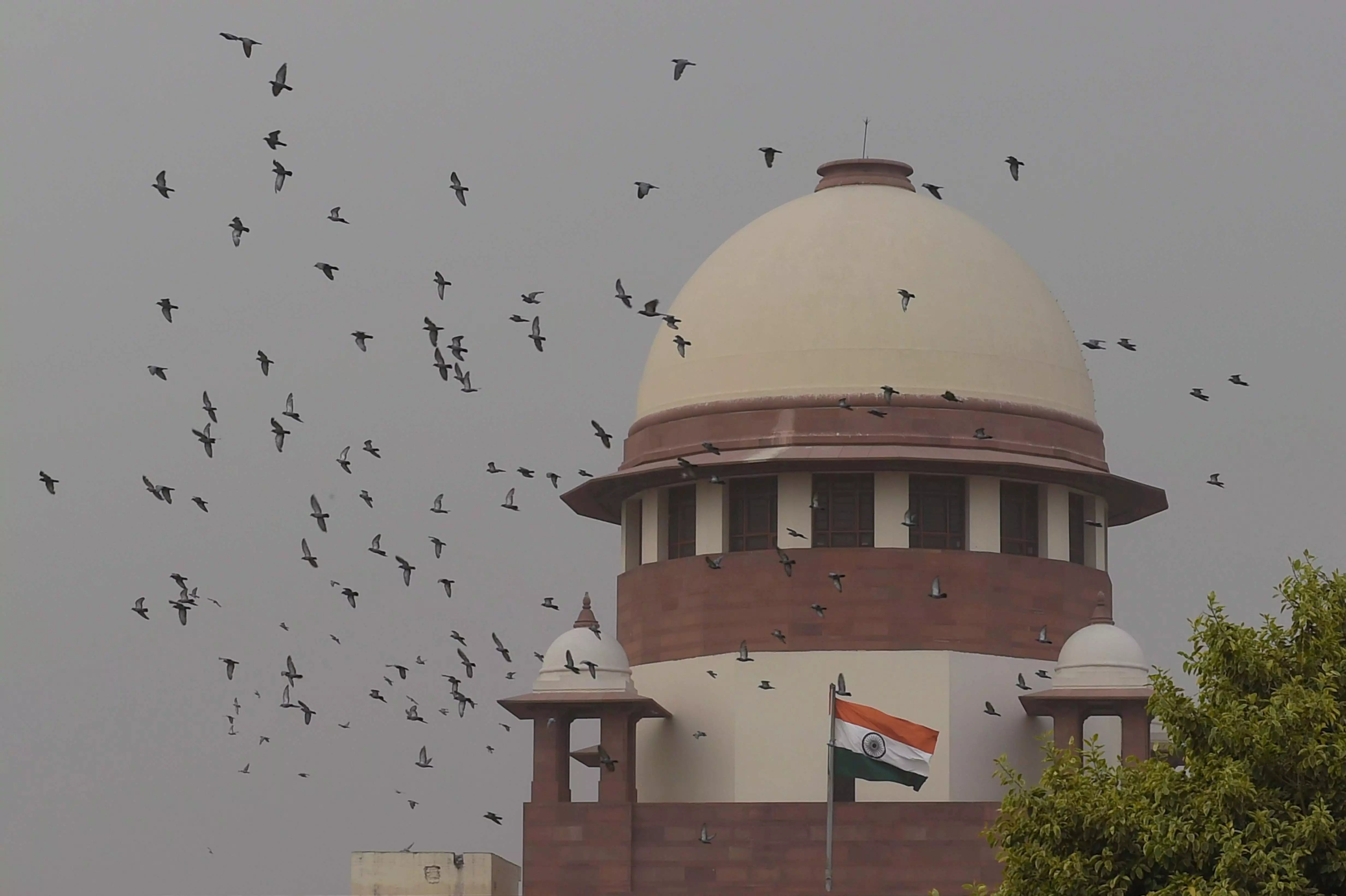SC allows mineral-rich states to recover royalty & tax dues since 2005 from Centre

New Delhi: In a historic victory for mineral-rich states, the Supreme Court of India on Wednesday allowed these states to recover from the Centre and mining companies, including Public Sector Undertakings (PSUs), royalty and tax dues on mineral rights and mineral-bearing lands. These dues, amounting to thousands of crores of rupees, date back to April 1, 2005, and will be recoverable over a period of 12 years.
The verdict, pronounced on Wednesday by a nine-judge Constitution bench led by Chief Justice DY Chandrachud, follows a majority 8:1 ruling on July 25 that affirmed states’ legislative power to tax mineral rights. This decision effectively overturned previous interpretations that had placed this authority with the Parliament.
Chief Justice Chandrachud, speaking on behalf of the bench, rejected arguments from the Centre and mining companies, including Public Sector Undertakings (PSUs), who sought to apply the July 25 verdict only prospectively. The bench, comprising Justices Hrishikesh Roy, Abhay S Oka, BV Nagarathna, JB Pardiwala, Manoj Misra, Ujjal Bhuyan, Satish Chandra Sharma, and Augustine George Masih, noted the significant financial implications of their decision.
During earlier hearings, the Centre had voiced strong opposition to states’ demands for royalty refunds dating back to 1989. Initial estimates suggested that PSUs alone could face losses exceeding Rs 70,000 crore if the July 25 verdict were applied retrospectively. The Steel Authority of India Limited (SAIL) separately indicated potential losses of around Rs 3,000 crore.
To balance the interests of all parties involved, the Supreme Court has imposed several conditions on the implementation of its ruling:
1. States may levy or renew tax demands related to Entries 49 and 50 of List II of the Seventh Schedule, but these demands cannot apply to transactions made before April 1, 2005.
2. The payment of tax demands will be staggered over 12 years, beginning April 1, 2026.
3. Interest and penalties on demands made for the period before July 25, 2024, will be waived for all assessees.
4. State governments are encouraged to waive outstanding interest accrued on the principal due from assessees, considering the significant time lapse since relevant previous judgments.The court acknowledged that some states, such as Madhya Pradesh and Rajasthan, have expressed a desire not to collect dues accrued in light of the July 25 verdict. The bench clarified that it remains the prerogative of state legislatures to decide whether to forgo these dues for the period before July 25, 2024.
In explaining its reasoning, the Supreme Court emphasised the need to uphold the legislative competence of states under Entries 49 and 50 of List II. The bench noted that if the July 25 verdict (referred to as MADA) were given only prospective application, it would necessitate re-evaluating all relevant legislation enacted before that date based on previous, conflicting legal interpretations.
The court highlighted the presumption of constitutionality that typically favours statutory enactments, recognizing that legislation represents the will of the people and should not be interfered with lightly unless it violates constitutional principles.
Applying the MADA (Mineral Area Development Authority) verdict prospectively could potentially invalidate relevant taxing legislations, forcing states to refund collected amounts to assessees.
This ruling resolved a long-standing conflict between two previous Supreme Court decisions: the India Cements verdict of 1989 and the Kesoram Industries judgement of 2004. The court noted that after the 1989 verdict, which had limited states’ power to levy cess on royalty, Parliament had enacted the Cess and Other Taxes on Minerals (Validation) Act of 1992 to validate state-imposed taxes on minerals before 1991.
As a “pragmatic solution” to balance the financial interests of both states and assessees, the Supreme Court has prohibited states from demanding taxes under Entries 49 and 50 of List II of the Seventh Schedule for the period before the Kesoram verdict in 2004.



